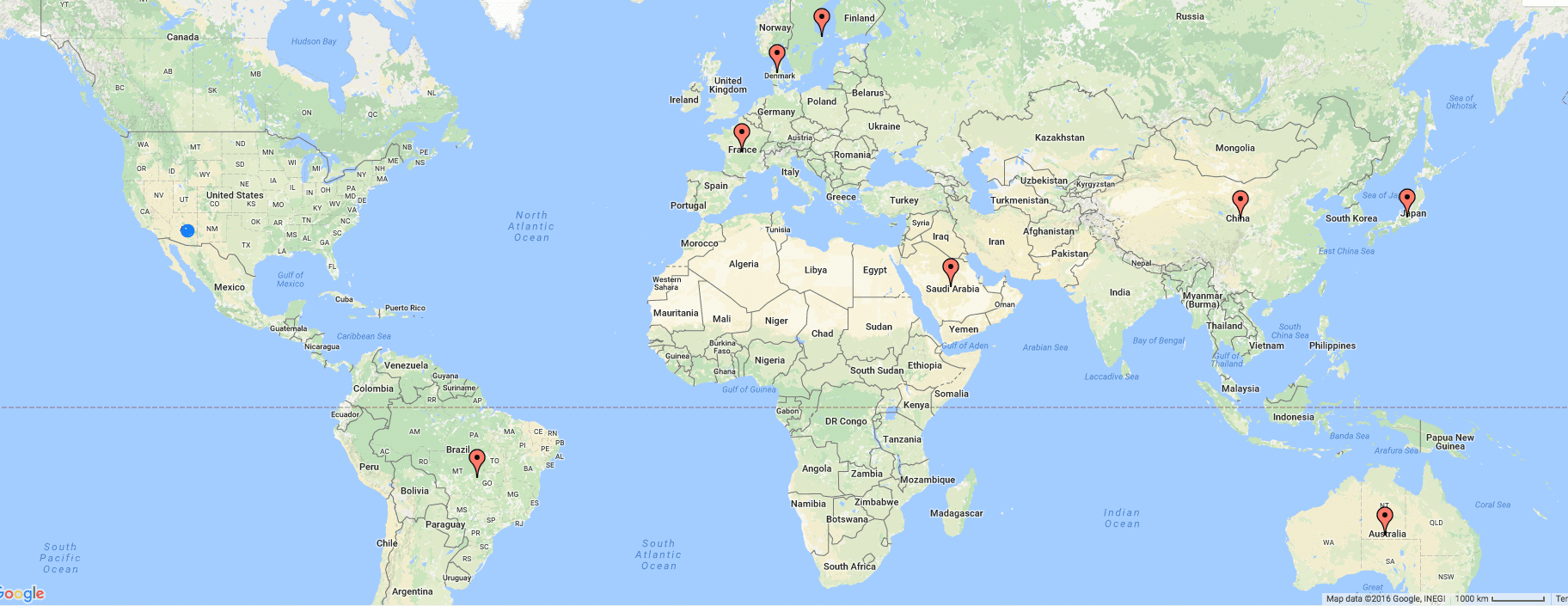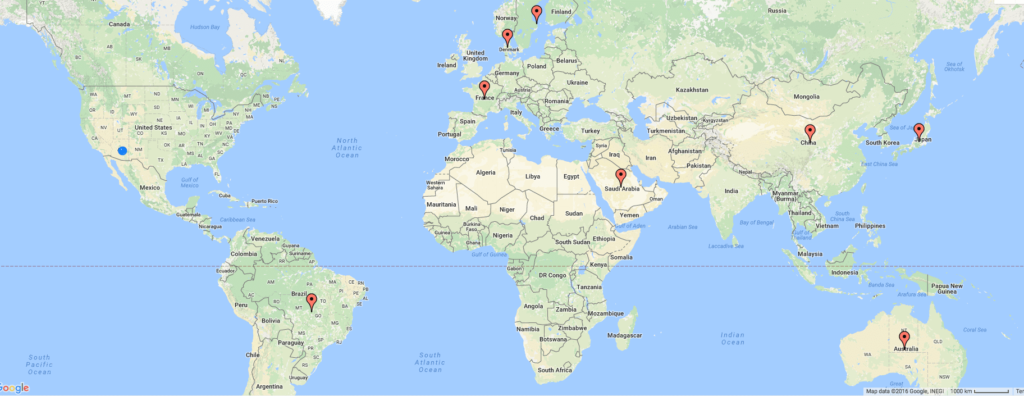
Employee Benefits Around the World
Did you know 30% of employees are looking for other work while at their jobs? — Some of those might even be wondering what it could be like to work in another country.
It depends on what country you’re thinking, because policies can differ overseas. From job security to work-life balance to compensation packages, here’s a quick overview of the best employee benefits around the world:

Japan: Job Security Like No Other, But…
If you’re looking to enter the job market in Japan, you’re in luck: because of the country’s aging population, Japan’s participation rate (the percentage of people actively looking for work) is as low as 59%, and employers can’t find enough people to fill all of the vacancies in their own organizations.
And once you get in, you won’t have to worry about being fired. After World War II, employers were firing their workers in astounding quantities, and labor unions fought back. The resulting laws made it very difficult to fire someone without an “unavoidable reason.” The result was a culture in which very few people are ever fired from full time work, known as “shūshin koyō” or, “Lifetime Employment.”
If you can avoid getting bored at one employer and find a full-time job in an industry you love, you’ll be set for life. And, depending on where you’re working, you may not even need to know the language: teaching English in Japan, for example, does not require a working knowledge of the language (but it helps). If you’re looking to make good money, however, you’ll probably have to pick it up at some point.
Sweden: Social Employee Benefits and an Odd Calendar
Sweden boasts one of the best universal health systems in the world. Their social benefits package is so good, in fact, that because most women have little fear when it comes to health insurance, pick-up artists can’t catch a break when they’re in the country.
These sorts of benefits extend to the working force, as well. In Sweden, parental leave is lavish enough that it’s seen as strange for fathers to not take time off after their children are born. The actual parental leave benefits of Sweden are the kinds of things Americans dream about:
“Swedish parents now receive a total of 480 days of leave per child, 390 days of which is paid at 80 percent of salary (up to a maximum of $162 a day).” — Richard Orange (@Richard_Orange)
The results of this policy are encouraging: employment rates for mothers in Sweden is almost 80%, while U.S. mothers sit at 70%.
All you have do is get used to a few of Sweden’s odd cultural business practices, such as having several businesses close down for the entire month of July, and you’ll have access to one of the most robust parental leave packages in the world.
Brazil: Support for the Working Mother
Very common in call centers and companies who have many women among their employees, childcare provision is greatly taken into account. Many Brazilian women with small children face several difficulties when trying to come back to the market, so it is crucial for them to have some financial support to help them affording childcare.
Australia: Too Young to Manage, Never Too Old to Work
In Australia as far as the human resources side of things goes, corporate company directors must be at least 18 years of age to qualify for their executive level title-based discretions. Australia does not have a compulsory retirement age however and age discrimination is unlawful. It is common for employees to work past the age they can access their superannuation (employer funded pension).
Here are a few other employee benefits around the world we don’t tend to take part of in the US or UK:
Saudi Arabia: Work Well Rewarded
Expat workers in Saudi Arabia are well-taken care of, with tax-free salaries, free housing and education for children, and a standard 30 days of paid vacation.
China: Why Isn’t This Everywhere!
China is for lovers, it seems; many companies in the country offer paid wedding leave, with an average of three days, or longer if you and your significant other are old enough.
France: Making an Effort for Entrepreneurs
With entrepreneurs leaving the country in droves, French employers offer employees the chance to start their own business, with the opportunity to return to their previous job if it their new venture doesn’t work out.
Denmark: Stress-Free Transition Time
Danish workers who have worked at least 52 weeks over the previous three years are entitled to earn 90% of their salary for four years while they look for new jobs.
Forward this article to your HR team and ask them what their #1 favorite employee benefits are, and what they wish they could offer to employees currently. Open the conversation and talk to your benefits consultant about how you could work together creatively to meet your team’s vision. As programs and provider technology evolve you may end up crafting a program that spreads nationwide, becomes a culture, and changes lives…who knows!
As published in the Valley Schools Benefits Broadcast, October 2016



